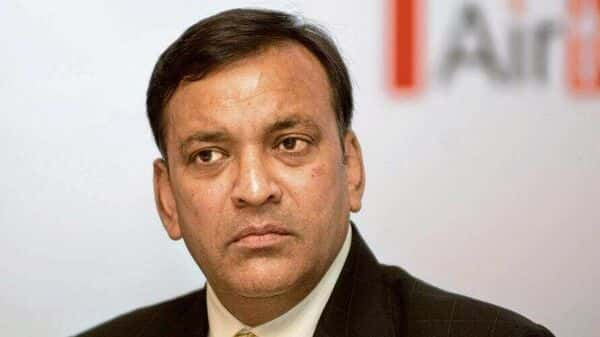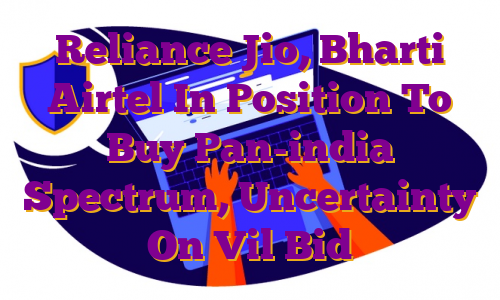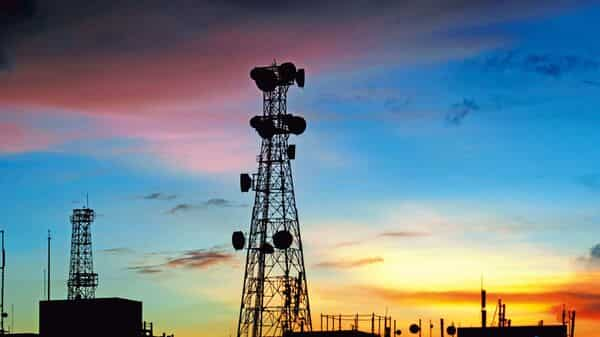“My feeling is that with 5G, penetration will increase so quickly that it will be like any other offering. Anybody who has a 5G handset will get 5G. They will consume more and automatically go to a higher tariff plan. This would result in higher revenues,” Gupta said. “I really don’t think there is going to be something like a pure premium 5G. At best we could start giving 5G on slightly higher plans, but let the operating people decide what they want to do.” He added that 5G, much like older and even future technologies, will be supply-led, with users consuming more data with faster internet being made available to them, contributing to higher revenue for telcos. “If you keep supplying, demand will keep coming. When you provide more capacity and faster speeds, the consumption is bound to grow. It is human nature that if you get faster internet, you will consume more data,” Gupta said, adding that tariff plans in India are abysmally low compared with global rates. “Without a doubt, tariffs have to go up,” he added. The average revenue per user (Arpu) for all Indian telecom service providers is well below ₹200, with Airtel leading among peers with an Arpu of ₹183 for the quarter ended June. Telcos have said that they will raise tariffs further this year, having increased prepaid tariffs by 20-25% in November. Telcos want to boost Arpus to about ₹300-350 in the medium term, but despite the increases, India tariffs will remain much lower than in Western markets. For instance, AT&T’s postpaid mobile Arpu was $54.81, or ₹4,379, in the June quarter. Gupta said the entry of a new player, even in the long term, was not a concern for Airtel as it has become battle-hardened, facing several years of competition, including the onslaught by Reliance Jio in 2016, and had managed to maintain healthy revenues, profits and free cash flows. In the recently concluded spectrum auctions, Adani Enterprises unit Adani Data Networks secured 5G spectrum in four circles in the 26GHz band, aimed at offering enterprise or captive service. The company has maintained that it does not have plans to enter consumer services, but several analysts said the Adani Group might enter the industry in the long term.
“We respect all competitors but are not perturbed by any competitor. If, after so many years in this business we could not face competition, we would not have been here. We have gone from strength to strength with each trouble which has come our way. In the face of adversity, one has to remain strong mentally, operationally, culturally and financially. You have to keep the balance sheet very strong,” he said. However, Gupta raised concerns about the financial health of Vodafone Idea, stating that raising funds was critical for the company, which has been unable to pay pending dues to Indus Towers, where Bharti Group owns 47.7%. “That (Vodafone Idea’s weak financial health affecting payments to Indus Towers) obviously is a matter of big concern. We wish them well because we fundamentally believe that for the country, it is good to have three operators,” he said. He further added that the telecom sector’s financial health has to be kept in the black for the industry to make future investments. “You have to look at the return on capital employed, which is at present very low. We have to really work towards making it a healthy industry because this will require continuous investments. Financially weak companies cannot make such investments. Only healthy companies can. Therefore, in national interest, the sector has got to be financially healthy,” he noted. Indus Towers, jointly owned by Bharti Airtel and Vodafone Group Plc, made provision for doubtful debt of about ₹1,233 crore in its results for the quarter ended June and reported a 66% fall in profits because of delayed payments by one of its customers. Indus did not name Vodafone Idea, but said it had revised the expected credit loss policy to 60 days past due from earlier 90 days and taken on an additional impact of ₹954.7 crore in its earnings statement for the quarter. Gupta said 5G would give huge growth upside to tower companies as network rollouts will mandate the setting up of more tower infrastructure. On the mandatory use of non-Chinese gear for telecom networks, Gupta said that the law of the land must be followed when national security was concerned, even though Chinese players helped Airtel grow in its initial years with low-cost gear.
Catch all the Industry News, Banking News and Updates on Live Mint.
Download The Mint News App to get Daily Market Updates.
More
Less
Subscribe to Mint Newsletters * Enter a valid email * Thank you for subscribing to our newsletter.
.




